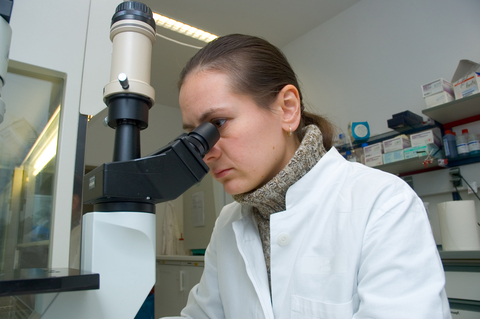Rewriting the understanding of how arteries mend

Scientists from the University of Manchester have discovered how the severity of trauma to arterial blood vessels governs how the body repairs itself.
The University of Manchester reports Dr Urmas Roostalu said the discovery could have major implications on how complications from vascular surgeries are prevented and treated.
The discovery, published in Circulation Research, shows how with minor surgical trauma caused by procedures such as angiography, stenting, arterial lines and minor surgery, vessels heal by the rapid division of smooth muscle cells, the most important layer in the blood vessel wall, which controls and regulates blood flow. With more invasive surgical trauma such as aortic aneurysm repair, bypass grafting, transplantation, and reconstructive microsurgery, it is the fibrous outer layer of adventitial cells which take on the role of healing the vessel.
Using CRISPR, the team also discovered a gene called Mcam which makes smooth muscle cells more immature.
Urmas Roostalu said “The fact that vessels have a completely different response according to whether the trauma is severe or minor, has important implications to the way we may think about vascular surgery.”
Co-author and Reconstructive Plastic Surgeon, Dr Jason Wong said “This research provides us with a fundamental understanding of how our surgical repair influences the cells that contribute to healing, and perhaps needs us to rethink how we repair blood vessels. If we can derive new techniques or develop new strategies that are less traumatic to arteries, or develop drugs and compounds that promote specific cell recruitment, we may be able to influence healing and hence clinical outcomes – this could have major implications on how we ensure safer and more successful surgical procedures.”
According to the scientists, in minor trauma the smooth muscle cells divide rapidly and create a thick wall which may occlude the artery, prompting the need for more surgery to prevent occlusion or thrombosis. In major trauma, however, the smooth muscles die, leaving behind collagen rich vascular wall that is recolonised by immature adventitial cells.
The team have also discovered the origin of smooth muscles that make up the large arteries. These cells arise by primitive cells that colonise the blood vessel walls in early embryonic development and within two to three days divide extensively to generate the ancestors of all the smooth muscle cells that exist in the mature blood vessel. The team noticed a small number of original immature cells remaining at points in arterial vessels where they branch.
Urmas Roostalu said “Using special genetically engineered mice we have pioneered an approach to study the origin and maturation of arterial smooth muscle. In these transgenic mice, primitive and immature smooth muscle is brightly lit by red and green fluorescent marker proteins. When the cells in blood vessels mature the red marker is turned off, leaving mice with brightly green fluorescent aorta. So when we noticed ‘red’ cells remaining at the parts where aorta branches, we were surprised and intrigued. These branching points are often subject to cardiovascular disease. The discovery of a unique cell population here might lead to a better understanding of what makes vascular branching points susceptible to diseases and how this can be prevented.”








